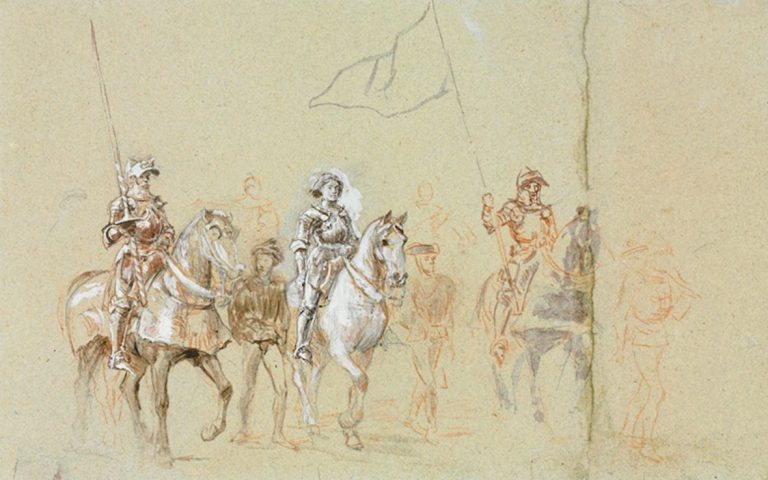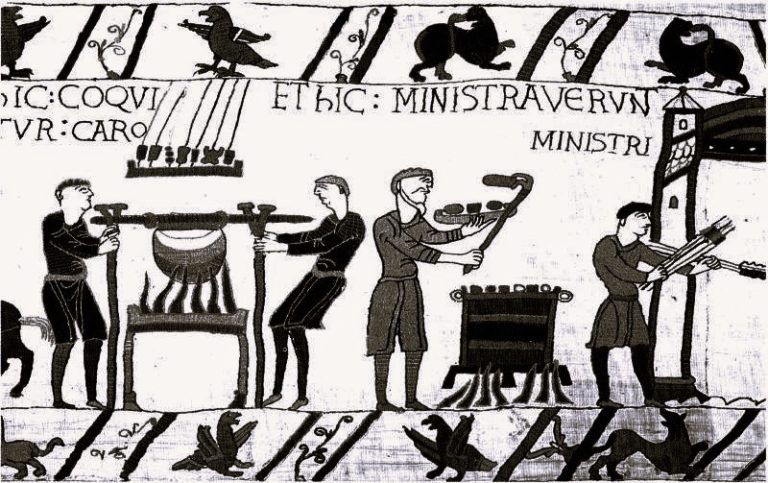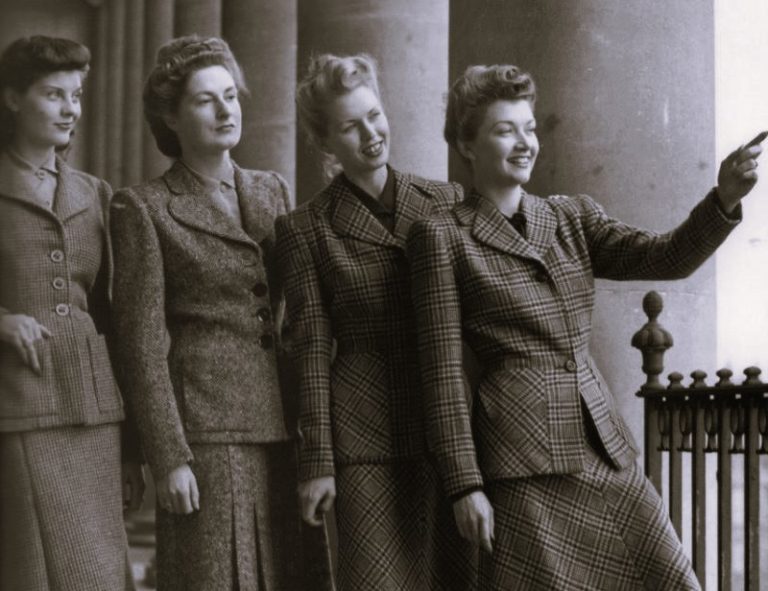

Personal expression is more diverse and accessible than ever, and fashion has emerged as a potent vehicle for showcasing your beliefs. Beyond mere trends and aesthetics, fashion provides a unique platform to communicate values, affiliations, and ideologies, making it a dynamic and impactful form of self-expression.
Visual Communication
At its core, fashion is a form of visual communication. What we choose to wear often reflects our personal identity and can broadcast our beliefs to the world. For instance, political and social movements have long utilized fashion to signal solidarity and advocate for change. The black berets and leather jackets of the Black Panther Party, or the pink “pussy hats” worn during the Women’s March, are potent examples of how clothing can encapsulate and convey powerful messages. These garments transcend their materiality to become symbols of resistance, solidarity, and activism.
Cultural Identity and Heritage
Fashion also serves as a means of celebrating and preserving cultural identity. Traditional garments and modern interpretations of ethnic attire often embody deep-seated beliefs about heritage and community. For instance, the vibrant kente cloth of Ghana or the intricate patterns of Mexican textiles not only represent cultural pride but also assert the wearer’s connection to their ancestry and traditions. By choosing to wear such clothing, individuals are honoring their roots and asserting the importance of their cultural narratives in a globalized world.
Sustainable and Ethical Choices
Fashion has become a significant arena for advocating sustainability and ethical practices. As consumers become increasingly aware of the environmental and social impacts of their purchases, fashion brands and individuals alike are making conscious choices that reflect their commitment to these values. From supporting fair trade brands to choosing second-hand or upcycled clothing, fashion enthusiasts are demonstrating their dedication to a more ethical and sustainable world. This shift highlights how fashion isn’t just about appearance but also about making a statement on global issues.
Artistic and Political Statements
Fashion is also a canvas for artistic and political statements. Designers like Vivienne Westwood and Jean-Paul Gaultier have used their collections to challenge societal norms and provoke thought on various issues. Westwood, for instance, has incorporated messages about climate change and anti-consumerism into her designs, using fashion as a platform to inspire action and awareness. This intersection of art and activism underscores how fashion can be a powerful tool for change, translating abstract ideas into tangible, wearable statements.
Personal Empowerment
On a personal level, fashion empowers people to express their beliefs with confidence. The act of choosing an outfit or accessory that reflects your values can be an affirming experience, reinforcing a sense of identity and purpose. Whether it’s through a slogan tee that advocates for a cause or a piece of jewelry with symbolic significance, fashion allows people to make visible their personal convictions and inspire others. This personal empowerment through fashion can foster a sense of community and shared purpose, as people find common ground through their sartorial choices. If you’re Christian, for example, you can wear Christian t shirts that celebrate your faith.
Conclusion
Fashion is more than just a way to dress; it’s a powerful form of communication and expression that can convey a multitude of beliefs and values. From celebrating cultural heritage to advocating for sustainability and making political statements, fashion enables people to showcase their beliefs in a vivid and impactful manner. As the fashion landscape continues to evolve, its role as a medium for expressing and championing personal and collective ideologies will only grow, affirming its status as a significant cultural force.


